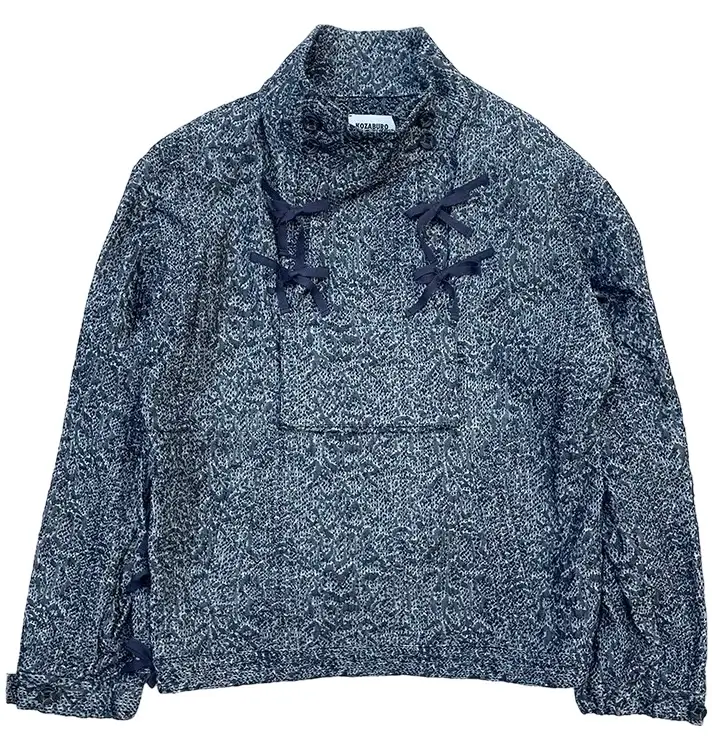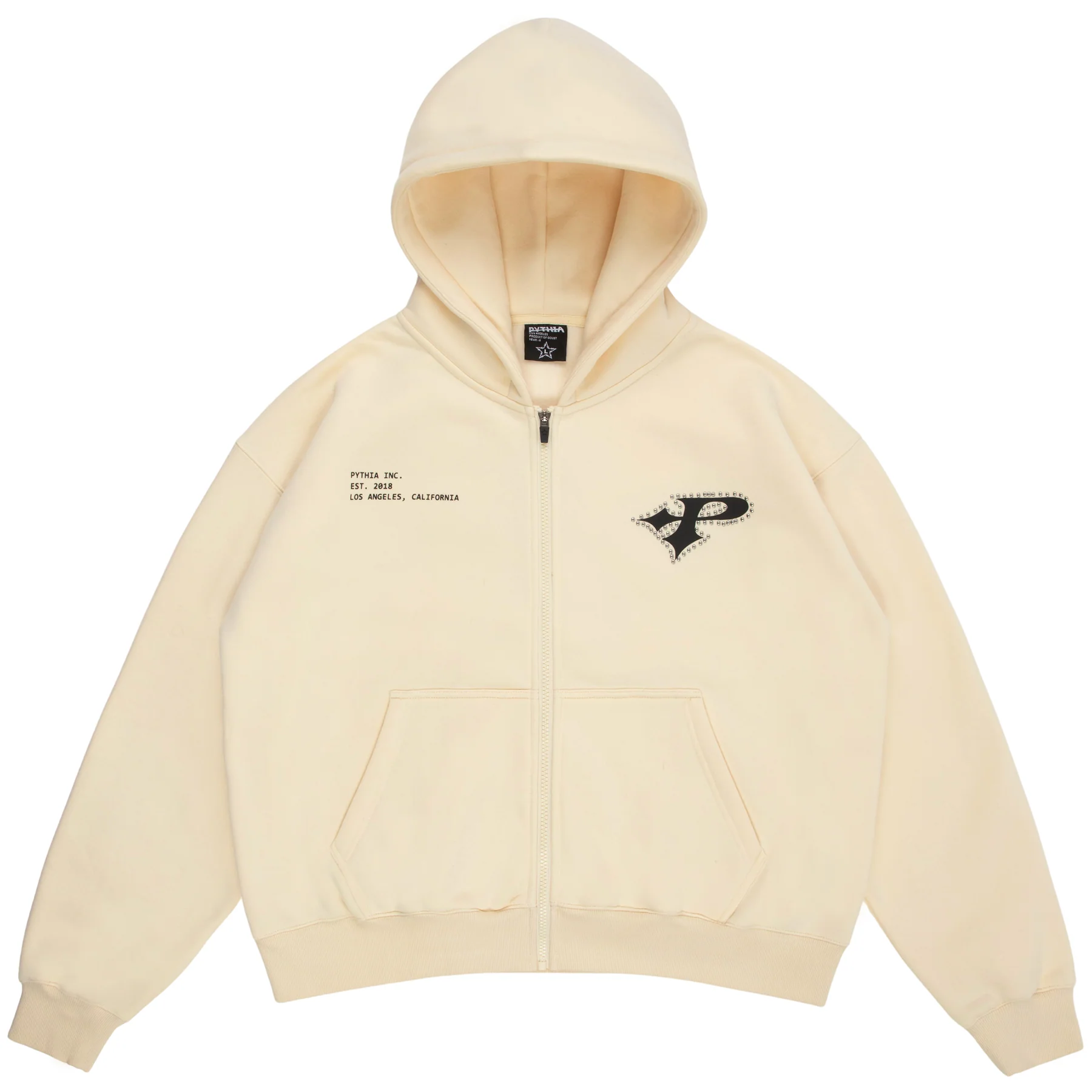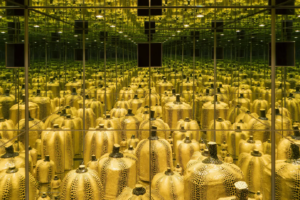BAPE, or A Bathing Ape, has long existed at the intersection of streetwear myth and fashion strategy—a brand simultaneously rooted in Harajuku’s hedonistic subcultures and global hip-hop iconography. For Spring/Summer 2025, the brand unveils a vision that feels not like a continuation, but a cosmological expansion. Titled informally by insiders as “Hypertexture”, the SS25 release is more than a collection. It’s a refracted meditation on BAPE’s own ideologies: camouflage as language, branding as philosophy, and streetwear as cultural oracle.
Contextual Coordinates: 30 Years in the Concrete Jungle
The BAPE Spring/Summer 2025 collection arrives at a poignant moment in the brand’s evolution—marking over three decades since Nigo founded the label in Tokyo’s Ura-Harajuku scene. Once a subversive antidote to Western fashion’s dominance, BAPE has since become a global archetype, its ape-head logo as recognizable as the Nike Swoosh or Chanel’s interlocking Cs.
Yet BAPE SS25 doesn’t coast on legacy. It confronts it.
Where previous collections leaned into nostalgia—retooling Shark Hoodies, reissuing OG camo colorways—SS25 pivots toward speculative streetwear. The garments feel rooted in a post-archive moment: less about homage, more about remix. This is not BAPE paying tribute to itself. It is BAPE self-sampling in surround sound.
Fabric as Interface: Hypertexture and the Return of Maximalism
The defining aesthetic motif of SS25 is hypertexture—a term that may seem abstract, but here translates into an emphatic return to tactile overload. Technical mesh, ballistic nylon, reflective quilting, jacquard-weave gradients, and coated cotton twill are juxtaposed with soft knits, deconstructed denim, and fuzzy fleece. Texture is not additive—it’s narrative.
Camouflage, long BAPE’s most iconic print, receives a multiverse makeover. One standout is the Topographic Camo—a cartographic reimagining that overlays classic green camo with contour lines and infrared heat-map inflections. Another is the Ghost Shadow Camo, printed on translucent PVC raincoats with phosphorescent ink that glows under UV light—made for nightlife, digital spheres, or as the brand suggests, “ghosting in full color.”
This season’s textile experimentation is also a subtle nod to environmental dialogue. BAPE introduces a line of modular garments constructed from upcycled deadstock—jackets with detachable sleeves, reversible bucket hats, multi-pocket tech pants—all rendered in patchworked BAPE patterns from the brand’s archive. Here, the idea of fashion as software, editable and sustainable, takes form.
Streetwear as Mythmaking: The New Icons and Symbols
BAPE has never been shy about mythology. From its name (drawn from the Japanese idiom “a bathing ape in lukewarm water,” referencing complacency among youth) to its planetary logos and manga mascots, symbolism is baked into its DNA.
In SS25, this narrative instinct deepens. A new series of graphics reworks the APE HEAD logo into Mask Icons—visages resembling traditional Japanese Noh masks, spliced with Afro-futurist shapes and techno-shamanic energy. They appear on boxy short-sleeve tees, vinyl stickers, and embroidered patches meant for customization.
The return of the Baby Milo motif this season is anything but childish. Reimagined by a team of guest illustrators (including zine artists from Hong Kong and East LA), Milo is seen in surrealist dreamscapes: riding a flying koi fish, DJing on a Mars rover, levitating in lotus pose amid rainclouds of cassette tapes. In short, he becomes a postmodern deity—equal parts meme, mascot, and monk.
The Fit Language: Shape, Function, and Non-Binary Flow
If the early 2010s were about oversized everything, and the 2020s saw the rise of cropped, tactical wear, BAPE SS25 operates beyond any singular silhouette. It communicates a fit language that prioritizes modularity, movement, and non-binary wearability.
Key pieces include:
- Zip-Off Jumpsuits in both dyed canvas and mesh jersey, able to convert into cropped jackets and cargo shorts;
- Kimono Hoodies that drape like traditional Japanese haori, but close with matte industrial zippers and come lined with airbrush graffiti prints;
- Hybrid Tailored Sets, including camp-collar shirts paired with drop-crotch trousers and multi-pocket vests, blurring the line between lounge, street, and combat readiness.
Footwear plays a crucial role too. The BAPE STA silhouette continues its rise, now available in “solar-reactive” leather that shifts color in sunlight. Meanwhile, the new APE METRO RUNNER—a fusion of early 2000s skate shoes and Y2K dad-core trainers—drops in tech-laced variants with oversized lace loops, brushed suede overlays, and 3D-molded heel tabs.
Ideology Reloaded: What Does BAPE Believe in 2025?
BAPE SS25 is more than garments and graphics. It articulates a refined ideology, expressed through its materials, its casting, and its message. The campaign—shot by digital artist/photographer duo NUBI+AYO—features models of all body types and gender expressions, stylized as avatars traversing a fragmented Tokyo rendered in vaporwave glitch. QR codes embedded into campaign posters link to animated short films, digital lookbooks, and street-cast interviews. There’s even a BAPE-commissioned short story written by sci-fi author Otomo Kana about an underground city where clothing codes determine political agency.
This is BAPE not just playing with culture, but programming it.
SS25’s unifying concept? Fiction as function. Clothing as both armor and storytelling device. Style not as status symbol, but as syntax in a wider language of autonomy and resistance. BAPE asks: what does it mean to wear something that sees you back?
Global Signal: From Tokyo to Lagos to Paris
BAPE’s global reach has never been stronger—and SS25 reflects its multilingual fluency. In Lagos, the brand previewed capsule variations of the collection with local label Motherlan, incorporating Yoruba patterns into the camouflage motifs and hosting community skate workshops. In Paris, it released a mini-drop of SS25 at concept store The Broken Arm with an augmented reality mirror for live garment remixing.
In Los Angeles, BAPE collaborated with creative director Luka Sabbat on a temporary “Streetwear Altar” in a downtown warehouse—complete with incense, prayer flags, and interactive displays allowing visitors to print their own BAPE deity onto tees and scarves. The event suggested a central thesis: streetwear is not trend; it is ceremony.
Impression
BAPE’s Spring/Summer 2025 collection is not about reinvention in the traditional sense. It’s about recursion. Self-reference. Myth layering. It’s about understanding that fashion doesn’t just dress bodies—it scripts ideologies, defines rituals, and encodes resistance into the seams.
By embracing hypertexture, post-iconography, and modular autonomy, BAPE doesn’t just continue its legacy—it complicates it. And in that complexity lies its power.
SS25 proves that BAPE isn’t trying to keep up. It’s forecasting. And the future, according to the ape, is not minimalist, neutral, or sanitized. It’s bold, textural, referential, and utterly alive.
No comments yet.









